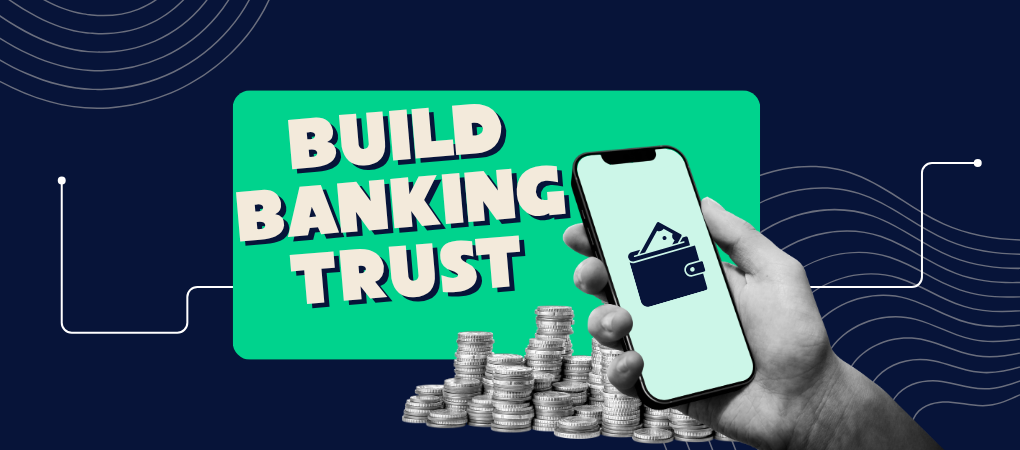
From Branch to Browser: How Banks Can Build Trust with Social Data
South Africans still value the familiarity of walking into a branch, but more and more, their daily banking happens on screens. Apps, chatbots and digital wallets are replacing face-to-face service. That shift creates an opportunity and a challenge: how do banks keep the human trust that once lived across a counter while serving customers through clicks and swipes?
The answer is in the data, not just transactional records, but the conversations people are having online. Social data gives banks a live feed of what their customers value, fear and demand. Done right, it bridges the gap between branch and browser, helping banks stay trusted in an increasingly digital world.
Why Trust Still Matters in Digital Banking
In a market where scams trend on WhatsApp before regulators even respond, trust is a bank’s most valuable currency. Customers need to believe their money is safe, that problems will be solved quickly, and that the bank understands their real-world frustrations.
Traditional surveys or quarterly reports are too slow. Social listening lets banks pick up on the “eish” moments, complaints about app downtime, surprise charges or security concerns, before they spiral. If you want to see exactly how the mechanics work, take a look at our guide to social listening.

Three Ways Social Data Builds Banking Trust
1. Spotting the weak signals early
Fraudsters and frustrated customers both leave traces online. Social monitoring helps banks catch the whispers before they turn into headlines. A sudden spike in “phishing SMS” mentions or chatter about unauthorised transactions is an early warning system. For a deeper dive, see 👉 5 ways social monitoring helps banks detect fraud signals.
2. Showing up where customers are talking
From TikTok clips about hidden fees to Reddit threads comparing banking apps, customer trust is shaped by conversations happening outside official channels. Social listening allows banks to hear those discussions, join them authentically, and show they are paying attention.
3. Closing the loop between care and confidence
A complaint raised on X (formerly Twitter) can quickly become a public endorsement if resolved well. By connecting queries, sentiment analysis and customer care in one loop, banks can turn negative experiences into proof points for reliability. To understand how this loop works in practice, read our piece 👉 optimising CX with social insights.
The South African Lens
South African banking customers juggle more than just account balances. They face loadshedding, rising costs and daily fraud attempts. Their language reflects it: “My bank app crashed again during Stage 6” or “had to gooi five forms just to change my debit order.”
Understanding this context is critical. A tool like Brandwatch, layered with local expertise, can decode slang, frustration and urgency in real time. That nuance separates a generic dashboard from an insight engine that genuinely reflects South African realities.
.png)
From Data to Decisions
Social data alone does not build trust. It is how banks act on it. The most successful institutions are using insights to:
- Refine fraud detection strategies
- Streamline digital onboarding
- Personalise communication with real customer language
- Demonstrate care and accountability in public forums
This is not about replacing the branch experience, it is about re-creating its trust in digital form.
Next Steps
If you are ready to see how social data can help your bank keep trust while scaling digital channels, start with a simple check:
👉 Try our Easy Peasy Social Health Check to benchmark your listening maturity.
👉 Explore how to optimise CX with social insights for retention and loyalty gains.
👉 Book a consultation with YOUKNOW to explore how South African banks are using social data for trust-building.
.avif)



